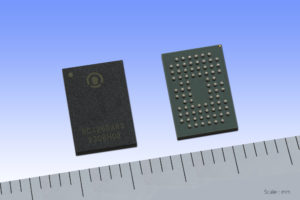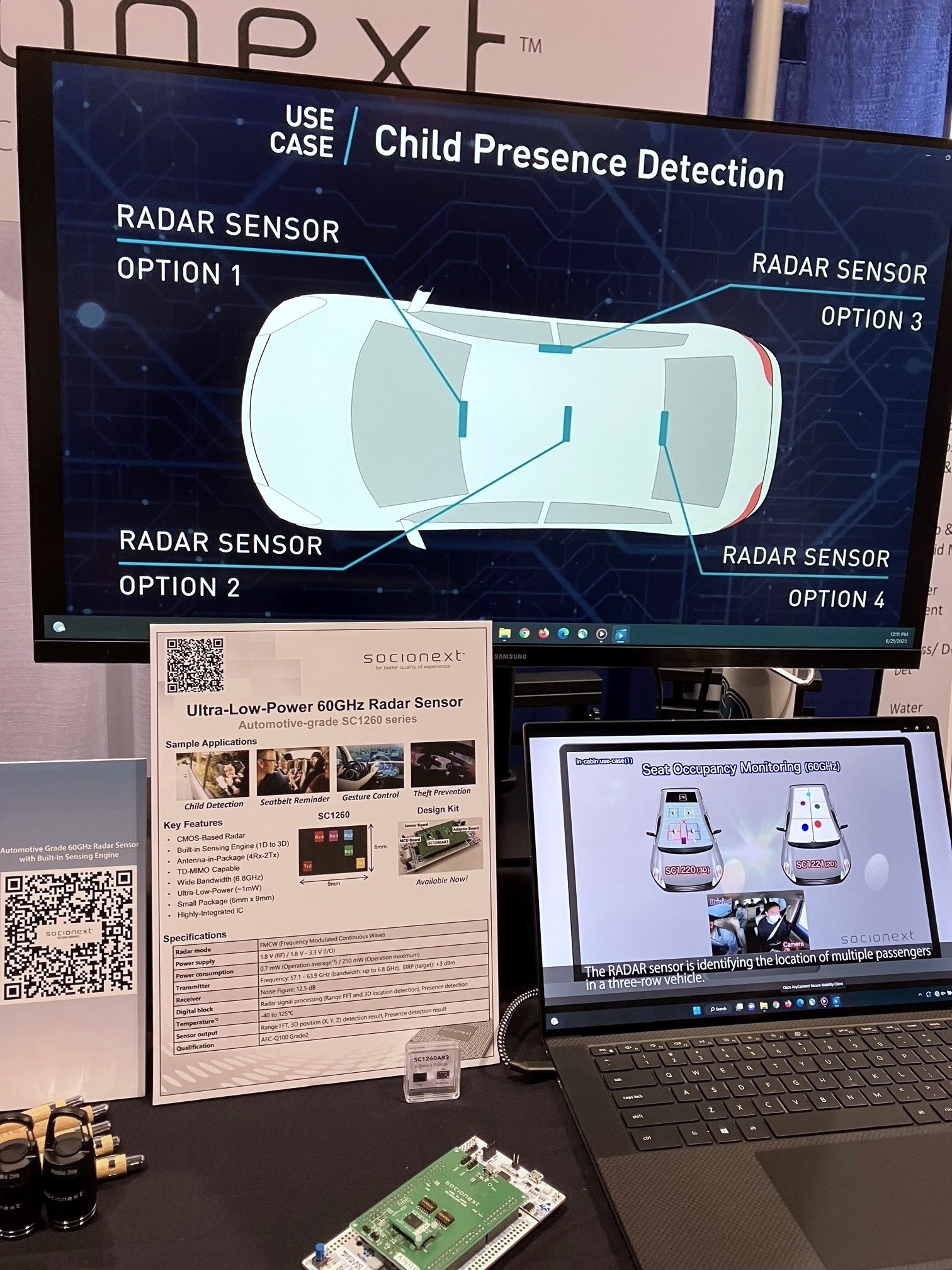
Vehicle tech & heat wave: Heatstroke prevention on minds of OEMs
By onTechnology
Socionext America, a system on a chip (SoC) company, says its new radio wave ranging sensor device can aid auto manufacturers in campaigns to reduce the number of infant deaths that occur in vehicles due to high temperatures.
When used, Socionext’s 60 GHz SC1260AR3 device allows vehicles to discern between adults, children, and pets in reading heart and respiration rates. Doing so can signal alerts to drivers and emergency services that a person or animal has been left in a vehicle. It can withstand temperatures down to -40 degrees Fahrenheit and up to 221 degrees.
Socionext America’s Neil Bullock shared information about the product with Fierce Electronics amid a long-awaited ease-off of scorching temperatures in some parts of the U.S. The next day, news spread of a woman in Missouri succumbing to a vehicle cabin temperature of over 100 degrees Fahrenheit.
Newsweek reports that Megan Oxley, who was paralyzed from the waist down, was traveling in Missouri with her young niece and nephew when the car ran out of gas.
Oxley’s niece and nephew reportedly got out of the car and tried to help their aunt climb out but due to her paralysis and their young age, she wasn’t able to get out.
Several OEMs — including Hyundai, Kia, General Motors, Nissan, Subaru, Volvo, and Tesla — have already implemented their own passenger sensing technology to prevent these sorts of deaths.
It was unclear at the time of publication if the data for Socionext’s child presence detection sensor is stored in the vehicle and/or by the company and whether or not vehicle owners would be asked for consent to collect and use their data.
The device helps to ease the burden on vehicles’ in-cabin monitoring systems, thus lowering system power consumption and cost, Socionext said.
According to the National Highway Traffic Safety Administration (NHTSA), more than 950 children have died of heatstroke in the past 25 years because they were left inside or became trapped in a hot car.
“It’s important for everyone to understand that children are more vulnerable to heatstroke and that all hot car deaths are preventable,” NHTSA states on its website.
Heatstroke begins when the core body temperature reaches about 104 degrees. A child can die when their body temperature reaches 107 degrees.
In both 2018 and 2019, NoHeatstroke.org logged 53 child heatstroke deaths — the most in at least 25 years. Twenty deaths have occured so far this year, as of Aug. 26. Thirty-three children died in 2022.
The National Safety Council says 53% of incidents involved a parent or caregiver forgetting the child was in the vehicle.
Socionext says that by increasing the effective angular resolution of the receiver, the location of objects can be more precisely determined.
“The use of additional physical receivers gives greater angular resolution. However, this comes at the cost of increased size and complexity. An equivalent result is achieved by adding additional transmitters, which, through appropriate placement, can create different virtual receiver configurations. This technique is referred to as multiple-input, multiple-output (MIMO).”
Images
Featured image: Socionext America’s SC1260AR3 Series radio-wave ranging sensors. (Provided by Socionext)
Socionext America display of its SC1260AR3 radar sensor and information about its use. (Socionext US Facebook page)

